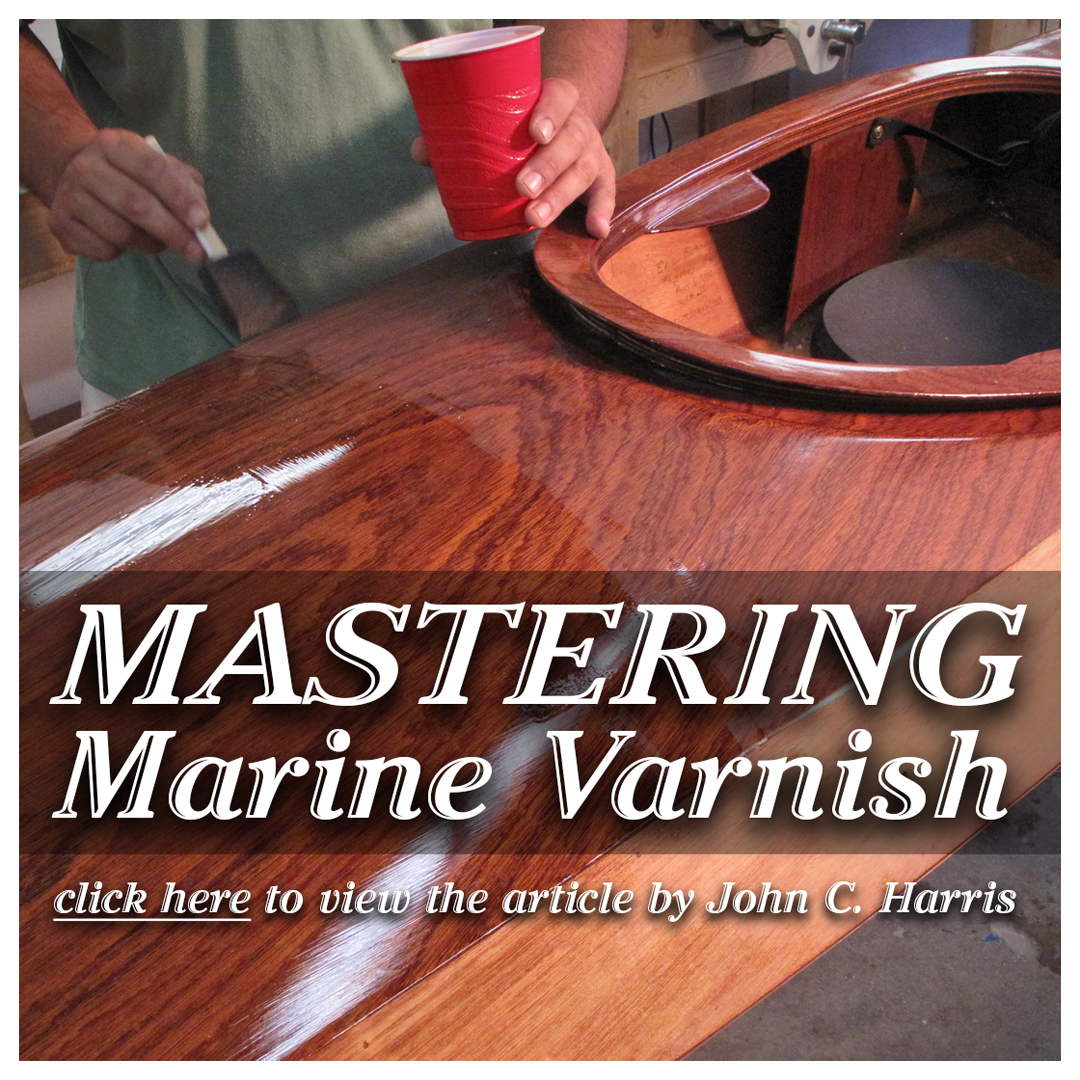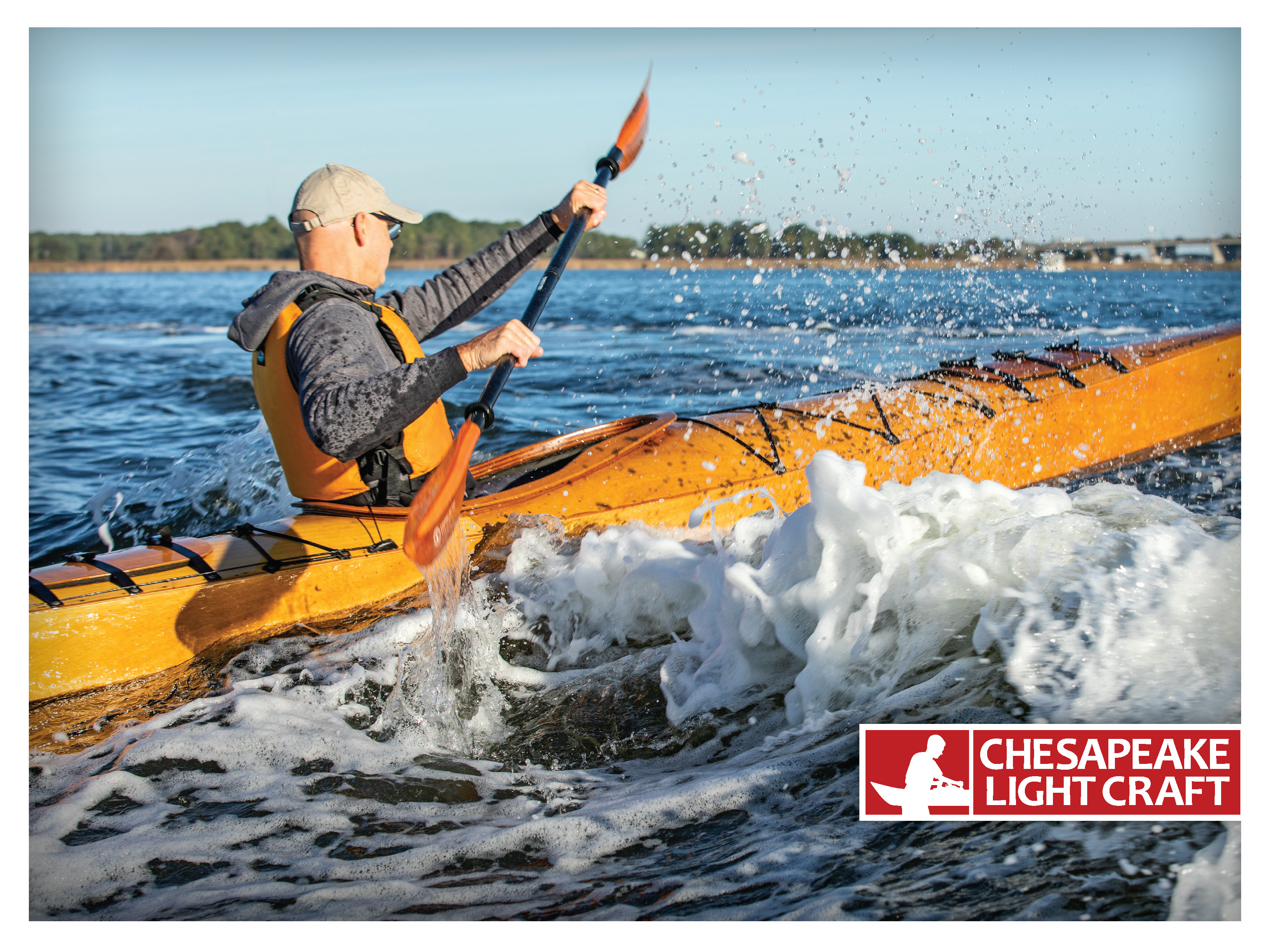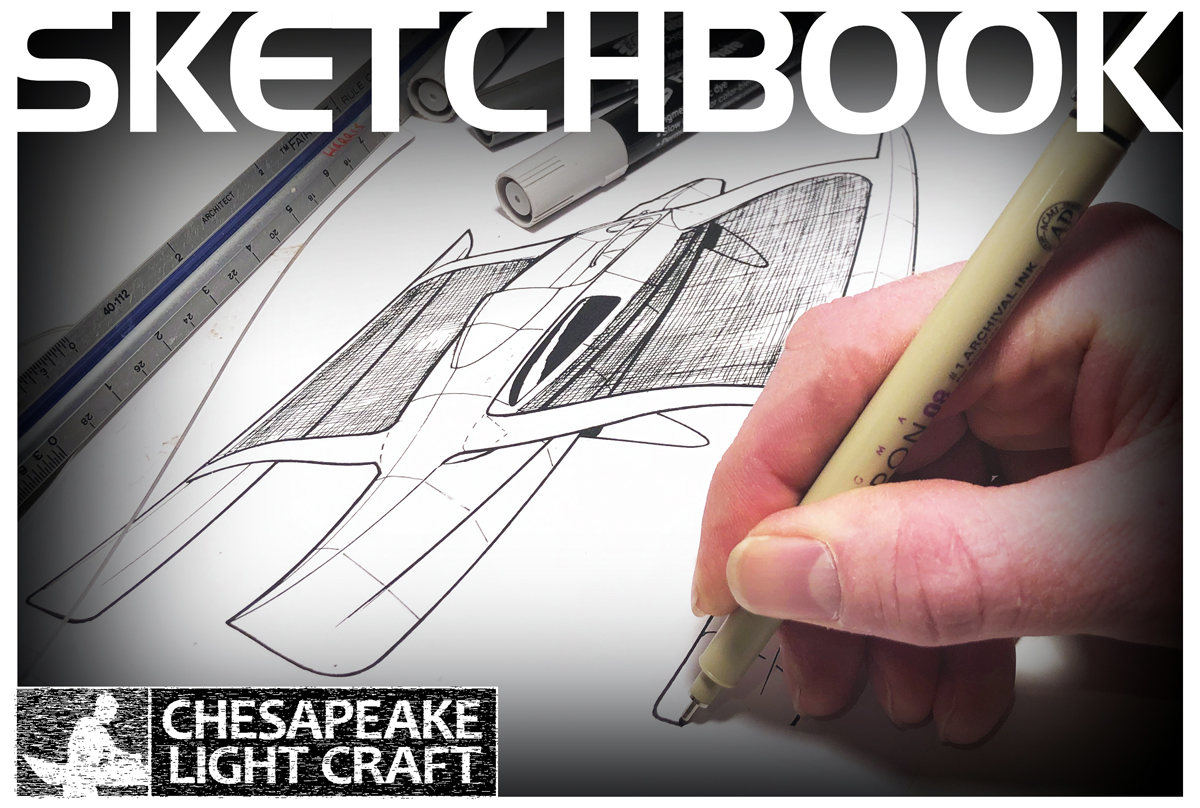Shop Tips » Working With Epoxy and Fiberglass |
Installing Flush Hatches without Toggles
 | |
1. Begin by preparing the four of the wood strips to go in the hull. Drill a 5/16” hole at either end of each strip and round off the corners so that they won’t snag gear once installed.
|  |
2. Before mixing glue, mark the area where the strips will go and scuff up the surface for a good bond. These strips will be under a good bit of load. The strips should be centered fore and aft in the hatch and towards the bottom of the side panel so that the bungee will pull the hatch cover down. Thicken some epoxy with silica and slather it along the back of the strips. |  |
3. Here are the strips ready to be installed, with holes for the bungee and rounded corners.
|  |
4. In they go, one strip on either side of the hatch. These are about one inch from the bottom of the side panel.
|  |
5. As long as the epoxy mixture is thick enough, the blocks will stay in place while the epoxy cures. If you don’t think they’ll stay put, you secure them with masking tape. Clean up any squeezed out epoxy.
|  |
6. A lamp will accelerate the curing process.
|  |
7. Run a length of bungee through the holes and tie simple overhand knots beneath the holes. Bungee tension can be adjusted by changing position of the knots. It will take some experimentation to get the right tension.
|  |
8. The other four strips will go underneath the hatch covers, two per hatch running longitudinally. We’ll screw the eyehooks into these.
|  |
9. One stainless eyehook per side works perfectly.
|  |
| 10. You'll need some sort of grabloop; we put a loop of line through two epoxy reinforced holes in the hatch (See our Shop Tip Drill, Fill, Drill). To hook the bungies, just hinge the hatch open with one hand and pull the bungies onto the hooks. You can order an Invisible Hatch Hold-Down Kit. It includes machined wooden parts, hardware, and instructions.
|  |












